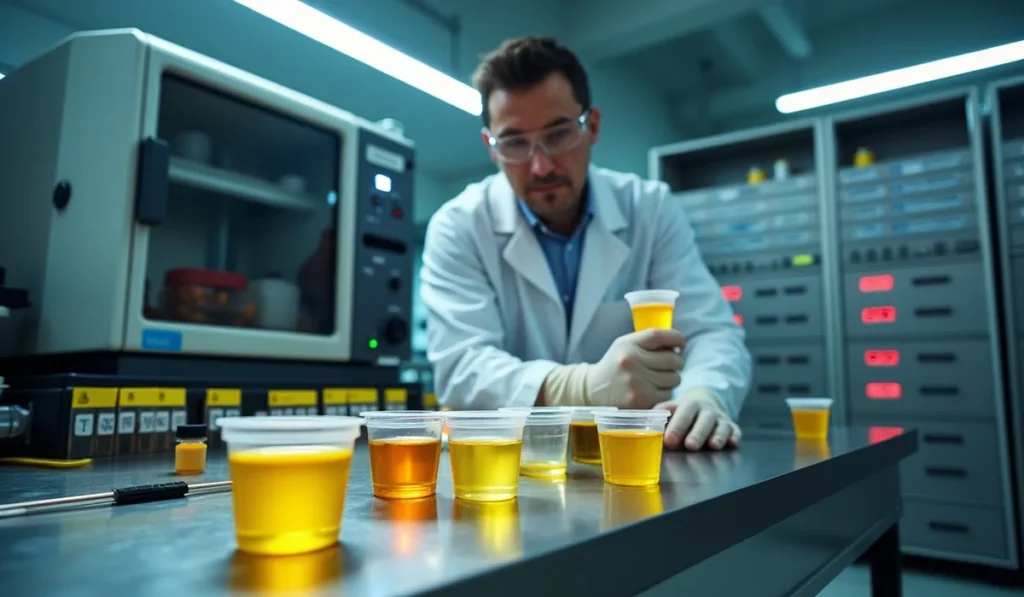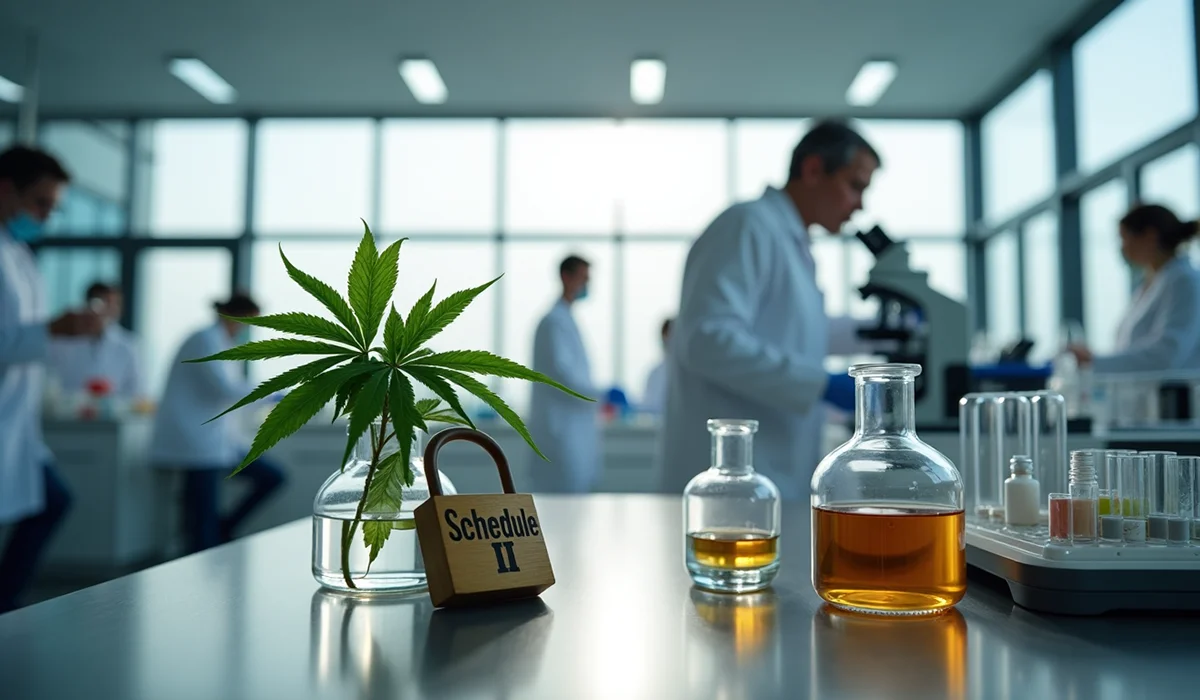Drug test tampering at workplaces skyrocketed by 633% in 2023. This unprecedented spike has revealed significant weaknesses in drug testing protocols. The numbers represent the highest rate recorded in more than 30 years of monitoring. Quest Diagnostics’ latest research shows invalid specimens jumped 45.2% from the previous year. These statistics point to a troubling rise in workplace testing evasion.
Employers now face increasingly sophisticated methods of testing deception. The 2024 Drug Testing Industry Survey reveals that 82.4% of providers believe employees actively work to bypass these tests. People commonly use synthetic urine (37.7%), borrow samples from others (28.1%), or try to dilute specimens (16.2%). Traditional testing methods struggle to keep pace as recreational marijuana becomes legal in 24 states. This challenge grows more complex with an estimated 10 million drug-using employees in today’s workforce.
Quest Study Reveals 633% Surge in Drug Test Tampering
Quest Diagnostics analyzed 9.8 million workforce drug tests and found an unmatched rise in specimen tampering attempts across the United States [1]. The lab giant’s results show a troubling trend in workplace drug testing integrity. Substituted urine specimens rose by 633% among the general workforce population of over 5.5 million [2].
Breaking down the shocking statistics
The numbers show a dramatic change from 2022 to 2023. Substituted specimens jumped from 0.015% to 0.11% [1]. Invalid urine specimens rose by 45.2%, going from 0.31% to 0.45% [3]. The federally mandated safety-sensitive workforce showed similar patterns. Their substituted specimens increased by 370.6% while invalid rates went up 36.7% [4].
These troubling numbers match the record-high rates of general workforce drug positivity, which stayed at 5.7% through 2022 and 2023 [5]. Post-accident drug positivity has risen by 114.3% between 2015 and 2023 [6].
What’s driving this unmatched rise?
Several elements contribute to this surge in drug test tampering. The legalization of recreational marijuana in 24 states has reshaped the scene of drug use and testing [2]. This change led to a 10% rise in workplace injuries among people aged 20-34, which links directly to recreational marijuana sales [2].
Professional sectors have seen notable changes. Positive marijuana tests have increased in industries of all sizes [5]:
- Finance and insurance: 35.7% increase
- Public administration: 23.5% increase
- Real estate rental and leasing: 22.2% increase
Dr. Suhash Harwani, Senior Director of Science for Workforce Health Solutions at Quest Diagnostics, points to social changes as a key reason. “The increased rate of both substituted and invalid specimens indicates that some American workers are going to great lengths to attempt to subvert the drug testing process” [1].
The results show worrying trends in post-accident scenarios, where marijuana positivity has hit 7.5% [5]. Positive marijuana tests have shown a remarkable 45.2% increase since 2019 [5]. Safety-sensitive positions showed a small decrease in positive marijuana tests, dropping 3.1% compared to last year [5]. Yet the overall pattern suggests a growing challenge for workplace drug testing protocols.
The rise in tampering attempts shows a broader change in workplace drug use patterns. Administrative, managerial, and clerical workers showed higher positive test rates [5]. These effects reach beyond individual sectors and raise questions about current testing methods and their ability to maintain workplace safety.
How Modern Technology Enables Sophisticated Cheating
People who want to cheat drug tests can now easily get advanced cheating methods through online stores and new technologies. Research shows many websites openly sell products that help people bypass workplace drug screening protocols [7].
Digital marketplaces stimulate deception tools
The internet has become the go-to place for drug test evasion products. Vendors openly sell synthetic urine formulations and specialized delivery devices. These products start from simple synthetic urine kits at $39.95 [8] and go up to advanced systems like the Whizzinator Touch at $129.95 [8]. Sales of these devices have grown 10% each year [8].
Social media disrupts evasion techniques
Studies show 31% of drug users employ detox drinks, 23% switch urine samples, and 20% add water to specimens [9]. Online platforms often advertise products that claim to “rid the body of toxins” [9]. Products include specialized drinks, mouthwashes, chewing gum, and specific brands of toothpaste [10].
AI-powered solutions emerge
AI has brought new ways to manipulate drug tests. Scientists say generative AI could change existing substances to make them undetectable by current testing methods [11]. Unlike traditional AI systems that follow set patterns, generative AI creates original content and could change molecular structures to avoid detection [11].
New developments show people need minimal tech knowledge to alter test results [12]. Labs report they find more advanced tampering methods such as:
- Synthetic urine formulations that match pH, creatinine, and specific gravity of natural specimens [13]
- Advanced delivery systems with temperature control features [14]
- Chemical adulterants engineered to disrupt testing equipment [13]
These new technologies create major challenges for testing facilities. Lab data reveals some synthetic urine products can match natural specimens’ chemical makeup, which makes detection harder [10]. Testing sites often find people offering big bribes, sometimes up to $1,000, to bypass testing procedures [9].
Why Traditional Testing Protocols Keep Failing
Drug test evasion techniques have become more sophisticated, which poses major challenges to traditional laboratory testing methods. The latest data shows that signs of manipulation appear in about 1% of workplace drug tests and 3.8% of court-mandated samples [1].
Outdated collection procedures
Standard urine collection protocols have several weak points. Samples need submission within 24 hours, but many sit in unsecured refrigerated storage during weekends [3]. Collectors can only handle one specimen at a time and they don’t have access to up-to-the-minute monitoring capabilities [15].
The collection process has built-in weaknesses. We collected urine samples in private spaces, which creates opportunities for tampering [16]. People often use internal adulteration methods that go unnoticed, such as drinking too much water or acidic substances to change pH levels [2]. Detection protocols still struggle with external manipulation through chemical additives – household cleaners or specialized products like UrinAid, Stealth, and Klear [17].
Laboratory limitations exposed
Laboratories face serious constraints in detecting sophisticated evasion methods. Immunoassays are the most common testing method but show poor sensitivity and specificity [5]. These tests often produce false positives and false negatives based on several factors:
- Detection times change based on dose, elimination half-life, and frequency of use [5]
- Some medications trigger false positive results for multiple drug classes [5]
- Workplace testing rather than clinical accuracy determined the current cutoff limits [5]
Advanced testing methods like gas chromatography and mass spectrometry can’t identify all adulterants at low concentrations [1]. Existing tests fail to detect new synthetic drugs entering the market because they weren’t designed to identify these substances [17].
The financial impact is significant. Workplace safety risks increase dramatically when policy and procedural failures happen [16]. Many employers still use outdated testing protocols, though alternatives like oral fluid testing with immediate detection capabilities received regulatory approval recently [16].
Employers Struggle to Adapt as Methods Evolve
U.S. companies spend over $81 billion annually due to substance abuse-related productivity losses and absenteeism [18].
Financial impact of failed testing
Employees with substance use disorders miss nearly five weeks of work annually [18]. This creates substantial hidden expenses for organizations. Drug-related workplace accidents make up 38% to 50% of all workers’ compensation claims [18]. Businesses also face increased healthcare costs, with annual treatment expenses per person reaching $15,640 [19].
Job turnover adds another significant challenge. The data shows workers with substance abuse issues are 40% more likely to switch employers within a year [18]. Companies end up spending up to 50% of an employee’s salary to recruit and train replacement staff [18].
Legal challenges in enforcement
Complex compliance hurdles emerge from the changing legal landscape. Companies must direct their efforts through conflicting state and federal regulations regarding marijuana testing [20]. Businesses operating in multiple states find it difficult to maintain consistent policies [6].
The risks go beyond policy implementation. Employees terminated after using CBD products they believed were THC-free have filed lawsuits [21]. Companies also face potential litigation related to privacy invasion, wrongful discharge, defamation, and discrimination [22].
Policy reform considerations
The current U.S. labor shortage pushes employers to rethink their drug testing approaches [20]. Organizations need to balance workplace safety with society’s changing views on cannabis use. Many state laws now require companies to show specific, clear symptoms of impairment beyond positive test results [21].
Policy reforms need careful attention to:
- Americans with Disabilities Act compliance, which represents almost half of all drug-free workplace program lawsuits [22]
- National Labor Relations Act requirements for unionized workplaces [22]
- State-specific privacy laws that govern test result handling [6]
- Reasonable accommodation requirements for medical marijuana use [21]
Conclusion
Drug test tampering has hit record levels. This marks a turning point in workplace safety protocols. Quest Diagnostics reports a massive 633% spike in specimen manipulation, while people find new ways to cheat through online markets and AI tools.
The current testing methods can’t keep up with these new challenges. Smart people keep finding ways around lab limitations and outdated collection methods. Companies now face pressure to update their approach while following complex laws that vary by location.
The numbers tell a troubling story. Substance abuse costs companies $81 billion each year in lost productivity. On top of that, higher healthcare expenses and frequent staff changes among substance-using employees create ongoing problems.
The state-of-the-art in workplace drug testing needs a complete overhaul. Technology might seem like part of the problem right now because it helps people cheat. Yet it could also be the answer to building better testing systems. Companies must adopt new methods to keep workplaces safe while respecting both legal requirements and employee privacy.
References
[1] – https://pmc.ncbi.nlm.nih.gov/articles/PMC10404192/
[2] – https://origin.net/drug-test-cheating-at-all-time-high/
[3] – https://www.samhsa.gov/sites/default/files/2022-urine-collection-handbook.pdf
[4] – https://www.clearstar.net/report-finds-workforce-drug-test-cheating-increased-six-fold-from-2022-to-2023/
[5] – https://pmc.ncbi.nlm.nih.gov/articles/PMC6170116/
[6] – https://pro.bloomberglaw.com/insights/labor-employment/cannabis-and-the-workplace/
[7] – https://www.govinfo.gov/content/pkg/GAOREPORTS-GAO-05-653T/html/GAOREPORTS-GAO-05-653T.htm
[8] – https://www.vox.com/the-goods/2019/4/11/18302400/synthetic-urine-fake-pee-drug-test-whizzinator
[9] – https://www.cnsoccmed.com/news/massive-surge-of-drug-test-cheaters-in-2023-according-to-quest-diagnostics/
[10] – https://usamdt.com/drug-news/employees-modifying-ways-cheat-drug-tests/
[11] – https://www.usatoday.com/story/sports/2023/12/12/scientists-ai-potential-tool-athletes-banned-drugs/70601812007/
[12] – https://www.lexology.com/library/detail.aspx?g=458dbbdd-9eb8-495d-b475-b4e4734ac3d7
[13] – https://myadlm.org/cln/articles/2015/february/drug-testing
[14] – https://www.wfmh.org/synthetic-urine-products
[15] – https://www.samhsa.gov/sites/default/files/specimen-collection-handbook-2014.pdf
[16] – https://www.cbsnews.com/news/cheating-on-workplace-drug-tests/
[17] – https://www.ncbi.nlm.nih.gov/books/NBK459334/
[18] – https://www.goodhire.com/resources/articles/breakdown-of-drug-testing-costs-for-employers/
[19] – https://www.health-street.net/blog-drug-testing/why-is-drug-testing-important/
[20] – https://www.purduegloballawschool.edu/blog/news/drug-testing-policies
[21] – https://www.troutman.com/insights/employer-drug-testing-policies-must-evolve-with-state-law.html
[22] – https://www.samhsa.gov/substance-use/drug-free-workplace/employer-resources/federal-laws





